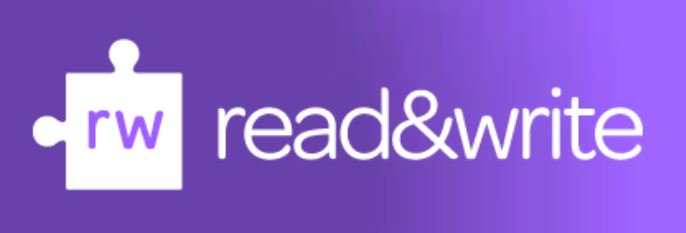
- #Utk oit spss code how to#
- #Utk oit spss code software#
- #Utk oit spss code code#
- #Utk oit spss code free#
He agrees with me on the poor impression that SPSS 16 for Mac's UI creates: Mark Kupferberg took up my open letter to SPSS on his Blog. A more rigorous product testing would have saved them and me a lot of time and nerves.
#Utk oit spss code software#
Secondly, I urge SPSS to review their internal processes for software testing. However, I also suggested two steps on SPSS's part in my reply: Firstly, SPSS should publicly acknowledge certain issues with SPSS 16 for Mac. We're sorry." Why does it always have to be some sort of marketing speech? Anyways, I do appreciate their invitation to their beta program which I am going to accept (criticism should always be constructive, eh?). Why can companies never ever say something like: "We know we screwed up big time. That may sound like splitting hairs, but to me, it's a difference. However, note that they apologize for the inconvenience SPSS caused, but not for the bugs, i.e. I do acknowledge the friendly mail and the fact that they didn't try to reason or to justify certain issues.
#Utk oit spss code free#
Beta testers get a free copy of the final software. Would you like to participate? We would love to have your input. We are getting ready to start beta testing SPSS 17.0 for all three platforms - Windows, Mac and Linux - in a couple months. Your bugs, issues and suggestions have been logged and we will work on fixing them in future releases. I want to acknowledge your email/blog and apologize for the inconveniences caused by SPSS 16.0 for Mac.

replied to my open letter on the poor quality of SPSS 16 for Mac:
#Utk oit spss code how to#
Inference by Eye: Confidence Intervals and How to Read Pictures of Data. # Add legend for male and female participants PlotCI(x = means.females, uiw = stderr.females, lty = 2, xaxt ="n", xlim = c(0.5,2.5), ylim = c(-1,1), gap = 0, ylab="Microworld Performance (Z Score)", xlab="Stereotype Threat", main = "Microworld performance over experimental conditions") # Draw the error bar for female experiment participants: # The following values would be calculated from data and are set fixed now for # Example: Experimental Condition (Stereotype Threat Yes/No) x Gender (Male / Female) # Clustered Error Bar for Groups of Cases.
#Utk oit spss code code#
If you would like to try this out for yourself, here is the R code that produces the image above: I like it very much the only thing I need to work out is how to offset the bars in the same conditions so that overlapping error bars don't actually overlap but are drawn next to each other with a few pixels between them. I fiddled with Stephan's example code in order to reproduce my SPSS clustered error-bar chart from last week's post on stereotype threat in complex problem solving: Stephan also pointed me to, an excellent search engine for R related queries. Īfter my rants about SPSS, my wise R mentor, Stephan Kolassa, pointed me at the gplots library that features a good function for drawing error bars in R: plotCI(). This way of reporting differences in means is also called "Inference by Eye". In fact, the APA advocates the use of error bars for reporting results since 2005. I use them frequently because they are easy to interpret: If you plot the means of several groups of participants in one error bar chart and scale the error bars to a length of one standard measurement error, non-overlapping error bars indicate a significant difference between the according means.

One of the reasons why I haven't made the switch from R to SPSS is R's lack of proper error bar graphs.


 0 kommentar(er)
0 kommentar(er)
